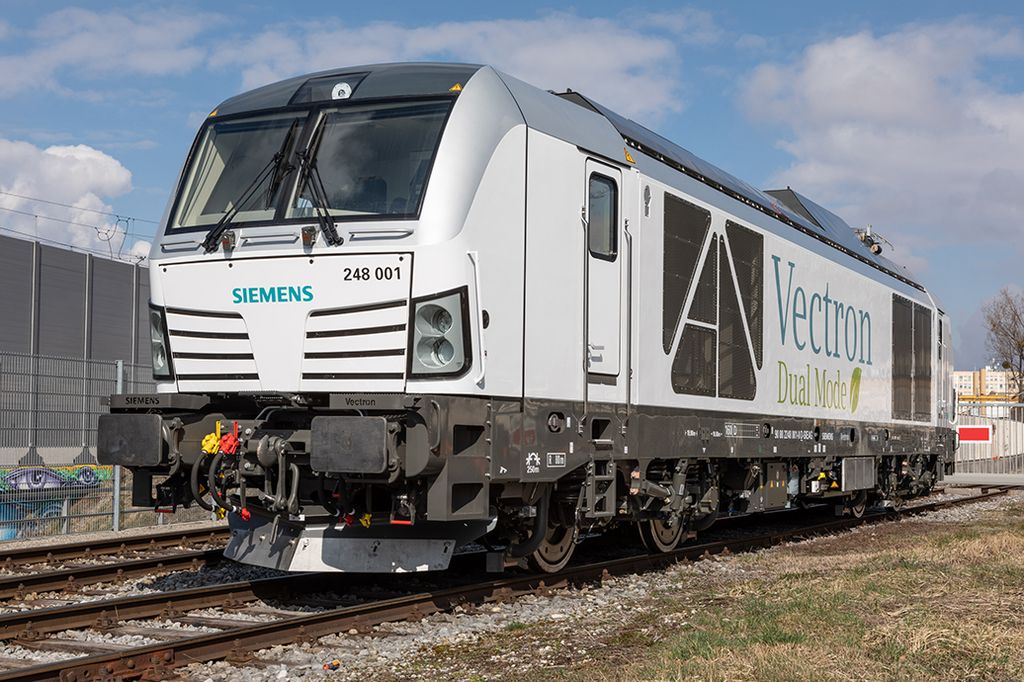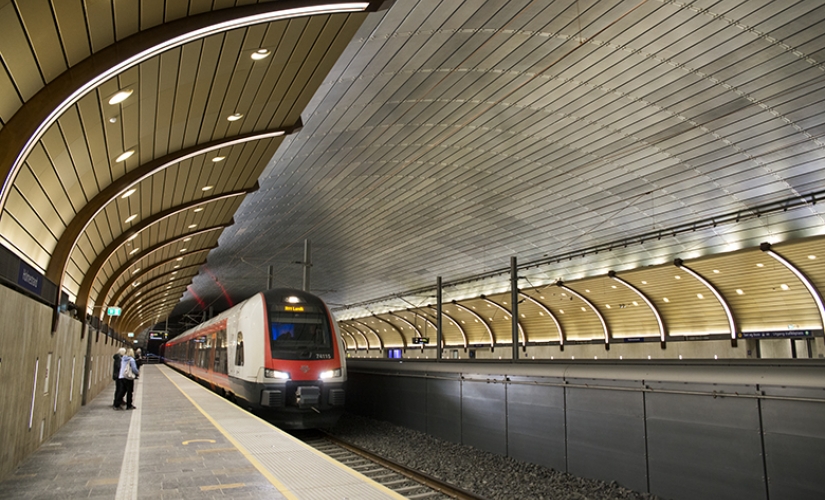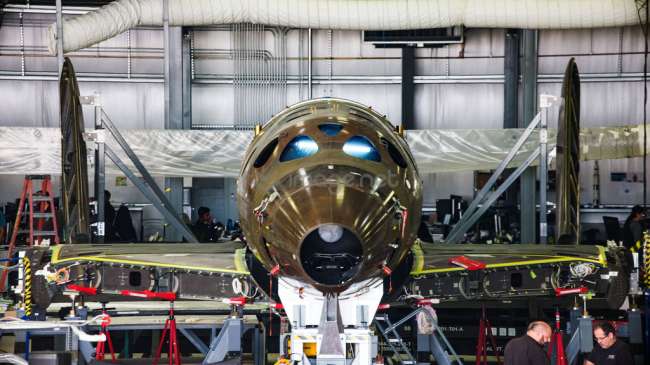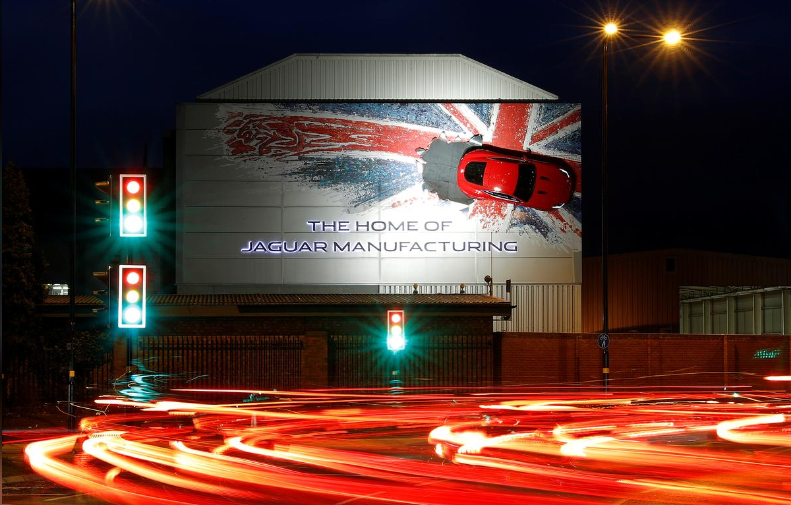- Railsystems RP GmbH orders two locomotives from Siemens Mobility
- Sustainable concept: a combined diesel and electric locomotive
- Delivery at the end of 2020
Railsystems RP GmbH has ordered two Vectron Dual Mode locomotives from Siemens Mobility, marking the first order for the new locomotive that can be operated either as a diesel or electric unit. Siemens Mobility first presented the concept at the InnoTrans 2018.
“With the Vectron Dual Mode, Railsystems RP GmbH is getting a locomotive that combines the best of two worlds: On electrified routes, the Vectron Dual Mode is powered by electricity to save fuel and reduce maintenance costs. On rail routes without overhead wires, the Vectron can shift to diesel operation without the operator having to change locomotives,” said Sabrina Soussan, CEO of Siemens Mobility.
The Vectron Dual Mode enables operators to increase value sustainably over their entire lifecycle. The locomotive can also operate through gaps in the electrified sections, eliminating the need to change locomotives. At the same time, conurbations and major cities, where there is often an electrified rail network, are spared emissions. The Vectron Dual Mode is specifically designed for freight service in Germany and is based on proven Vectron components. It operates on a 1,435 mm track gauge and weighs 90 tons. The locomotive is designed for the 15-kV-AC voltage system and is equipped with the PZB train control system. Regardless of whether it operates on electricity or diesel, traction power at the wheel rim is 2,000 kW. The locomotive’s diesel tank has a capacity of 2,600 liters. The Vectron Dual Mode has a top speed of 160 km/h.












